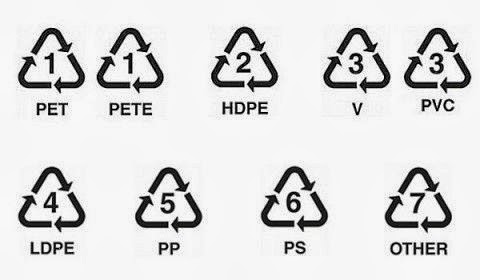Weekly Data Science links (May 13)
These are my data science recommended readings for this weekend:
- Five steps for companies to make AI pilots a success. The pandemic has made the need for organisations to digitise and increase technology adoption even more urgent. More and more companies are turning to artificial intelligence for help in their processes. But how can managers ensure that they go about it in the most effective way possible? Terence Tse, Dilpreet Sall, Mark Esposito and Danny Goh created a five-step methodology to improve the odds of success in AI adoption (LSE Business Review).
- Adopting a smart data mindset in a world of big data. Industrial companies are using artificial intelligence to improve plant operations. To be successful, they will need to transform their data with the help of domain experts (McKinsey).
- After a year of COVID-19 charts, eight data communication lessons learned. In this article, the author choose eight examples from the last year that each reveal one key lesson anyone trying to foster a better data culture should adopt (Tableau).
- A Complete Guide to Confidence Interval, t-test, and z-test in R. This article will start with the basic concepts of the confidence interval and hypothesis testing and then we will learn each concept with examples (Regenerative).
- Self-Supervised Pretraining of Visual Features in the Wild. The research team from facebook published this paper earlier this year which explains SEER - their self supervised model trained on "random, uncurated images". Pretraining models has shown to be very effective for building very powerful models. How about unsupervised pretraining? (arXiv).
- Machine learning as a natural experiment: Application to fashion e-commerce. Machine learning algorithms are increasingly being used in decision making. Web companies, car-sharing services, and courts rely on algorithms to supply content, set prices, and estimate recidivism rates. This column introduces a method for predicting counterfactual performance of new algorithms using data from older algorithms as a natural experiment. When applied to a fashion e-commerce service, the method increases the click through rate and improved the recommendations algorithm (VoxEU).
- Emerging Python Libraries You Should Add to Your Data Science Toolkit in 2021. In this article, the author shares what she considers new "game changing" libraries for: 1. Model Deployment, 2. Data Modeling, and 3. Exploratory Data Analysis (Towards Data Science).
- Finally, Data Hut is a free website that tracks open source projects in the data science and data engineering space.
Feel free to follow me on Twitter



Comentarios